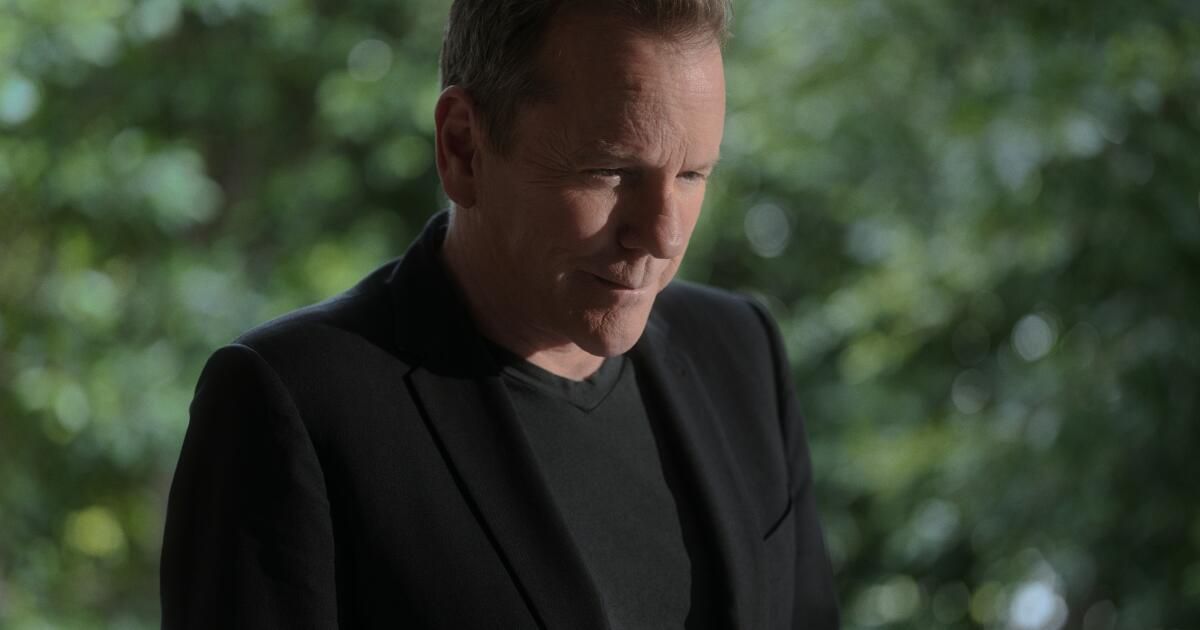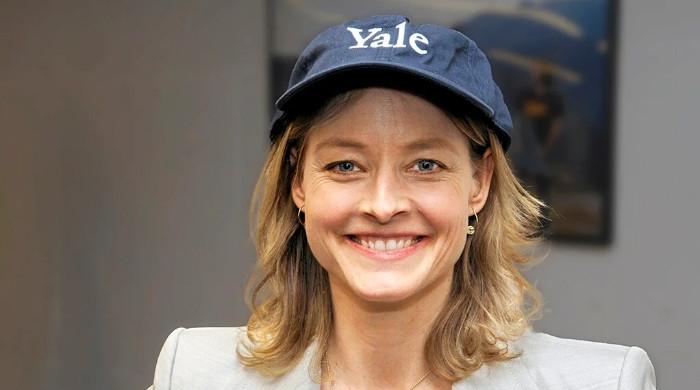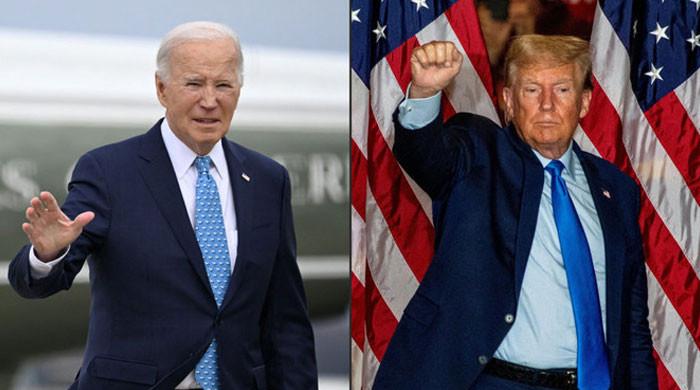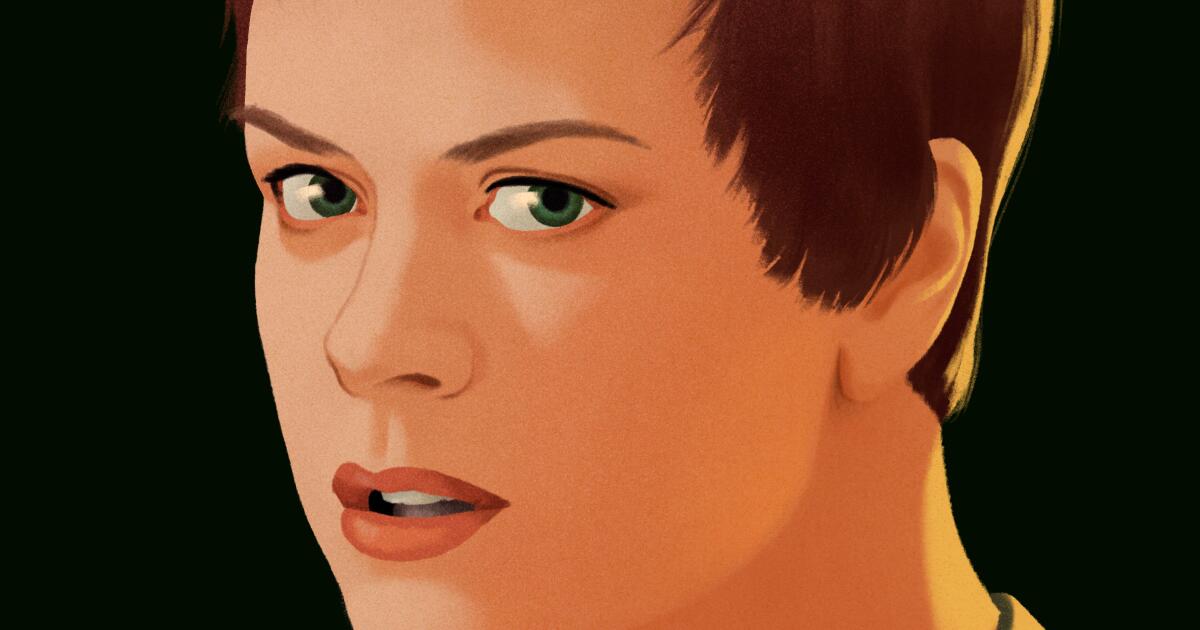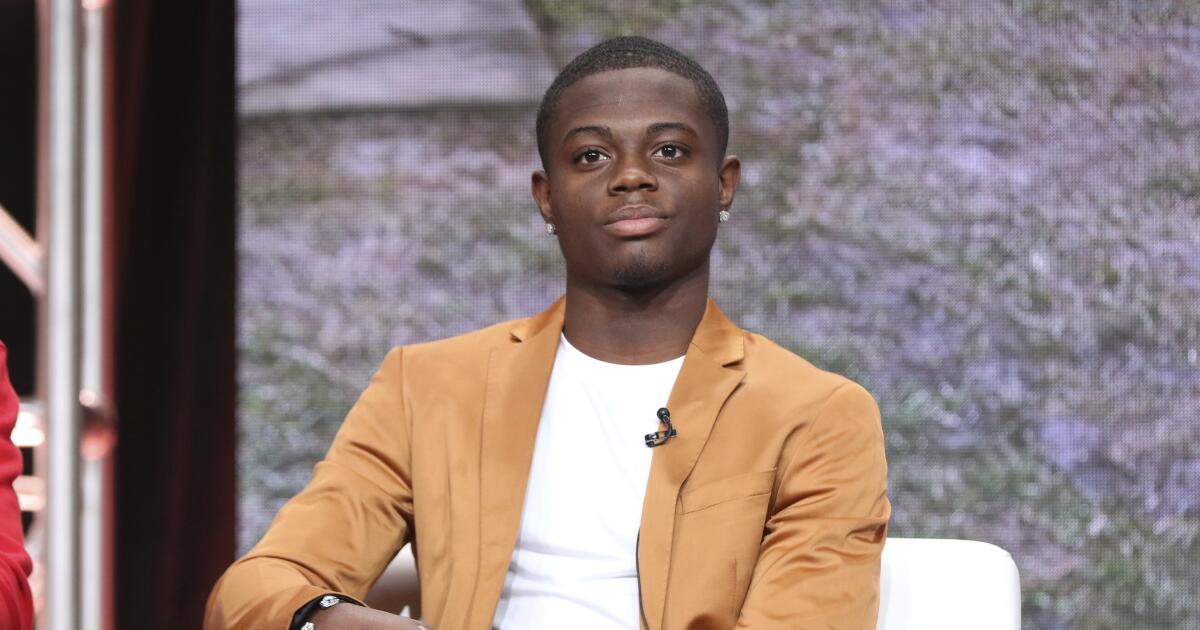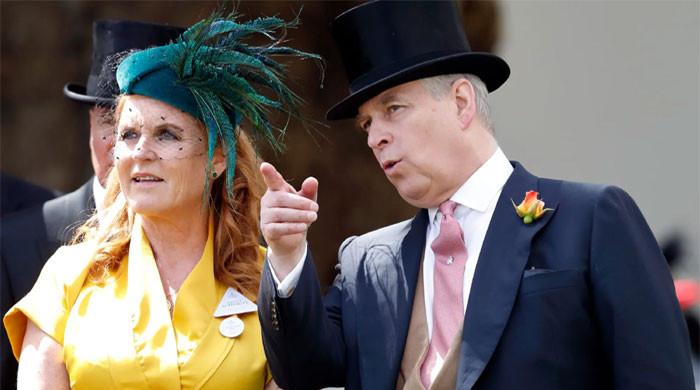In the tense, no-nonsense courtroom drama “The Caine Mutiny Court-Martial,” Kiefer Sutherland finds maximum fame in the pivotal role of Captain Philip Queeg, the disgraced and (perhaps unfairly) deposed commander of a U.S. Navy minesweeper. USA But he appears on screen for only two scenes.
And since he was working with legendary “The French Connection” and “The Exorcist” director William Friedkin on what would turn out to be his final feature, those two scenes of Queeg's testimony were essentially filmed in single takes.
“It was exciting to do it,” Sutherland says, “and then it was very frustrating to finish it, because Mr. Friedkin just wanted one take. And I said, 'I've worked really hard on this.' Can I have at least two?'”
Sutherland then began doing a second take, but noticed that Friedkin “was already editing the first take into what he had already cut for the film. “Then I realized halfway through the second take… I was just wasting everyone’s time.”
Speaking on a chilly spring morning at a West Hollywood hotel, the 57-year-old actor conveys such respect for the late New Hollywood giant that he refers to him only as “Mr. Friedkin,” making it clear that the honorific is his own tribute to him, not a request from the director.
For his iconic starring role in “24,” Sutherland spent a full decade developing the character of Jack Bauer. But here, he says that he didn't mind the filming in and out, “because [Friedkin] He was so sure of what he wanted and what he needed. I can't speak enough of what a comfort it is for an actor to work for a director who is so specific and who knows exactly what he wants.”
Sutherland is no stranger to courtroom drama, having made memorable appearances in “A Few Good Men” and “A Time to Kill.” But in “Caine Mutiny,” he plays a character who is restricted not only to a courtroom stage but largely to a single chair.
Director William Friedkin, says Kiefer Sutherland, “had seven cameras moving at the same time. “It was like looking inside a Swiss watch.”
(Show time)
“Choosing the chair was one of the few things that [Friedkin] Let me be a part of it,” Sutherland says. “I needed a chair where I could curve my lower back and just sink into it. Then, in the middle of that second testimony, [Queeg] In fact, it has been shortened by three inches.”
Friedkin was no stranger to adapting plays for the big screen, and his “Caine Mutiny” is a story told largely through the frame, where camera placement makes Queeg appear larger or smaller in different moments of his distressing testimony. From where Sutherland was sitting, the process was like watching a ballet.
“[Friedkin] I had seven cameras moving at the same time,” he says. “It was like looking inside a Swiss watch. The fascinating thing was that they all moved at different speeds and never collided with each other. “It’s like the nastiest game of Tetris you’ve ever seen.”
The famous role of Queeg was played by Humphrey Bogart in a 1954 film adaptation of Herman Wouk's Pulitzer Prize-winning novel, “The Caine Mutiny.” (Friedkin's film is based on Wouk's play of a similar name.) Sutherland plays the career officer as conceited, brittle, and petty, but he also reveals the wounded depth of his attachment to institutional power. The viewer is primed to see Queeg as a relic, if not an outright villain, but Sutherland's performance makes such easy associations difficult.

Next step for Kiefer Sutherland? Working with Clint Eastwood on his upcoming “Jury No. 2.”
(Kurt Iswarienko / For The Times)
During the first testimony, Sutherland says, Queeg focuses on “telling the court what these damn kids have done to me. And they're going to get into trouble. And they are going to deserve it. And this is my red letter day.”
But between the first and second testimony, as we hear other Caine officers testify about Queeg's erratic and often cruel behavior, Queeg's strong conception of himself begins to crumble. According to Sutherland, the character comes to a “tortuous” understanding of the gaps between “who he wants to be and the reality of who he really is.”
“I think on some level there's a moment in our lives when we realize we're less relevant than we used to be,” he says. “We face the truth of who we are. And I don't think it's a bit painful for anyone. And I hope for everyone that it is not as painful as it was for Queeg.”
In one of his next on-screen appearances, he will be directed by another industry icon with an affinity for single-shot precision. For Clint Eastwood's “Juror No. 2,” Sutherland wrote a letter to the director asking to be part of the film.
“I read that he was getting ready to make his last movie,” he says. “I didn't even have access to a script, but I wrote him a letter and said, 'Look, I've wanted to work with you my whole career. I read that this is your last film and I would do anything. No part is too small. If there's something available and you're interested, I'd be honored to do it.'” She won't reveal more about the role, but she says she got even more than she bargained for.
“For Mr. Eastwood, the preference is for that first- or second-take energy,” Sutherland says. “Some actors don't like to work like that. Some actors are slower. But I actually like the first take. In that one it looks like I've been shot out of a cannon. I'm trying to take in all the different ideas, thoughts and emotions, trying to assimilate any of them. And then by takes two and three, I'm already figuring out what I can leave behind and what I don't need.”

